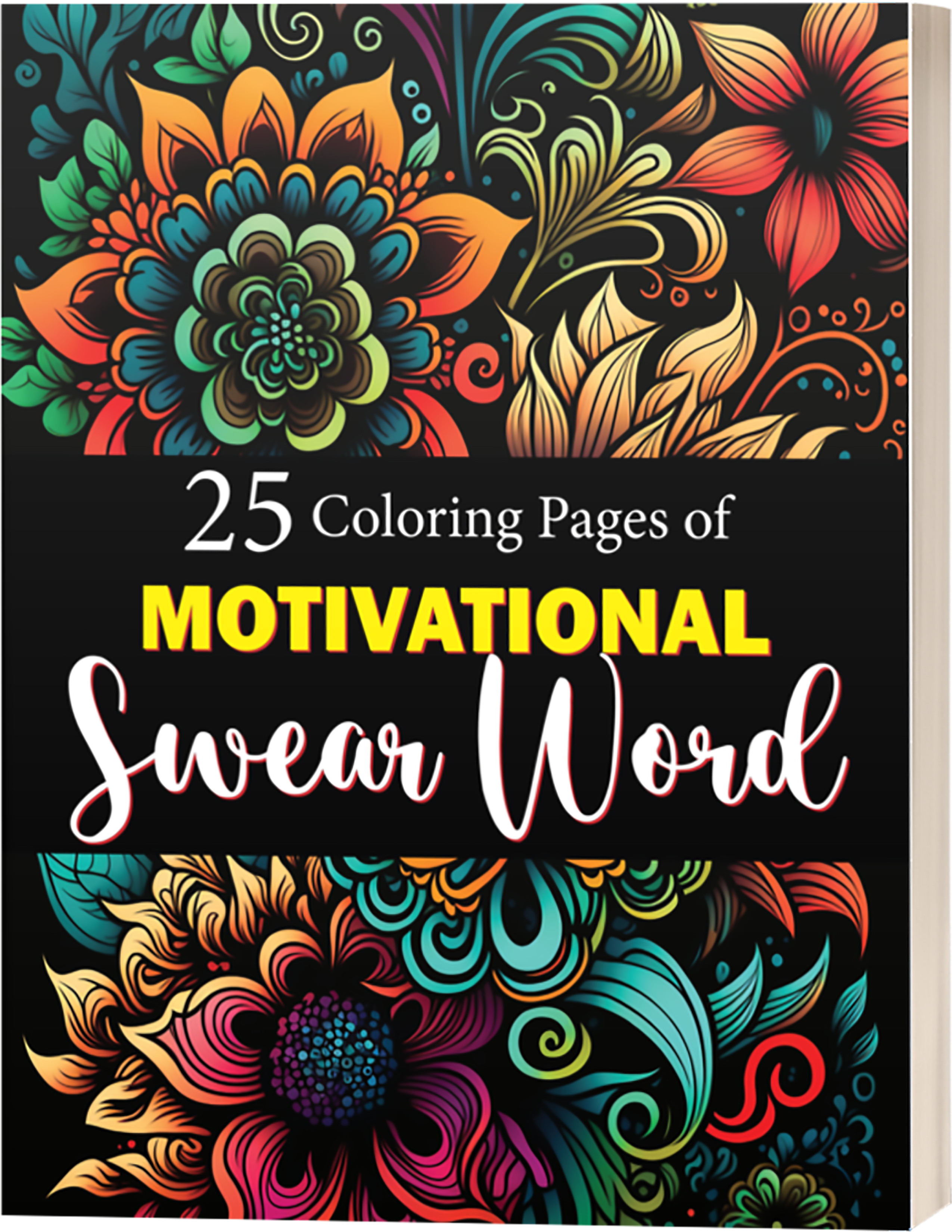Adult coloring books have become a popular trend in recent years, with people of all ages finding joy and relaxation in the simple act of coloring. Whether you’re a seasoned coloring pro or just getting started, there are a variety of coloring techniques that can help take your coloring pages to the next level. In this article, we’ll explore some of the most popular coloring techniques for adult coloring books.
- Colored Pencils: Colored pencils are a popular choice for coloring in adult coloring books. One of the best things about colored pencils is that they are easy to blend, allowing you to create smooth gradients and transitions between colors. To achieve this effect, start by layering different colors on top of each other, using light pressure to build up the layers. Once you’ve applied your colors, use a blending tool such as a blending stump or a piece of tissue paper to gently blend the colors together.
- Markers: Markers are another popular coloring medium for adult coloring books. One of the advantages of markers is that they allow for bold, vibrant colors that can really make your designs pop. When coloring with markers, it’s important to choose high-quality markers that won’t bleed through the paper. To prevent bleeding, use a piece of scrap paper or a blotter sheet underneath your coloring page. To create depth and dimension, use different shades of the same color to create highlights and shadows.
- Watercolor: Watercolor is a beautiful medium for coloring in adult coloring books, and can create stunning, delicate effects. When using watercolor, it’s important to choose high-quality watercolor pencils or paints, as lower-quality materials may not blend well or may not show up as vibrantly. To use watercolor, start by applying the paint or pencil lightly to the paper, then use a damp brush to blend and spread the color. For a more intense effect, add additional layers of color once the first layer has dried.
- Shading and Blending: Shading and blending are important techniques for creating depth and dimension in your coloring pages. To shade, start by applying a light layer of color to your page, then use a darker shade to add depth and create shadows. Use a blending tool or a tissue paper to blend the colors together, creating a smooth transition. For more advanced shading techniques, try hatching, crosshatching, or stippling.
- Backgrounds: Backgrounds can really make your coloring pages stand out. To create a background, start by selecting a color or colors that complement your design. Use a lighter shade to apply the color lightly to the entire background, then add darker shades or patterns for texture and interest. You can also use colored pencils or markers to create patterns or textures.
In conclusion, there are a variety of coloring techniques that can help take your adult coloring pages to the next level. Whether you prefer colored pencils, markers, watercolor, or a combination of mediums, there are endless possibilities for creating beautiful and unique designs. So grab your coloring supplies and start experimenting with different techniques to create your own masterpiece!


